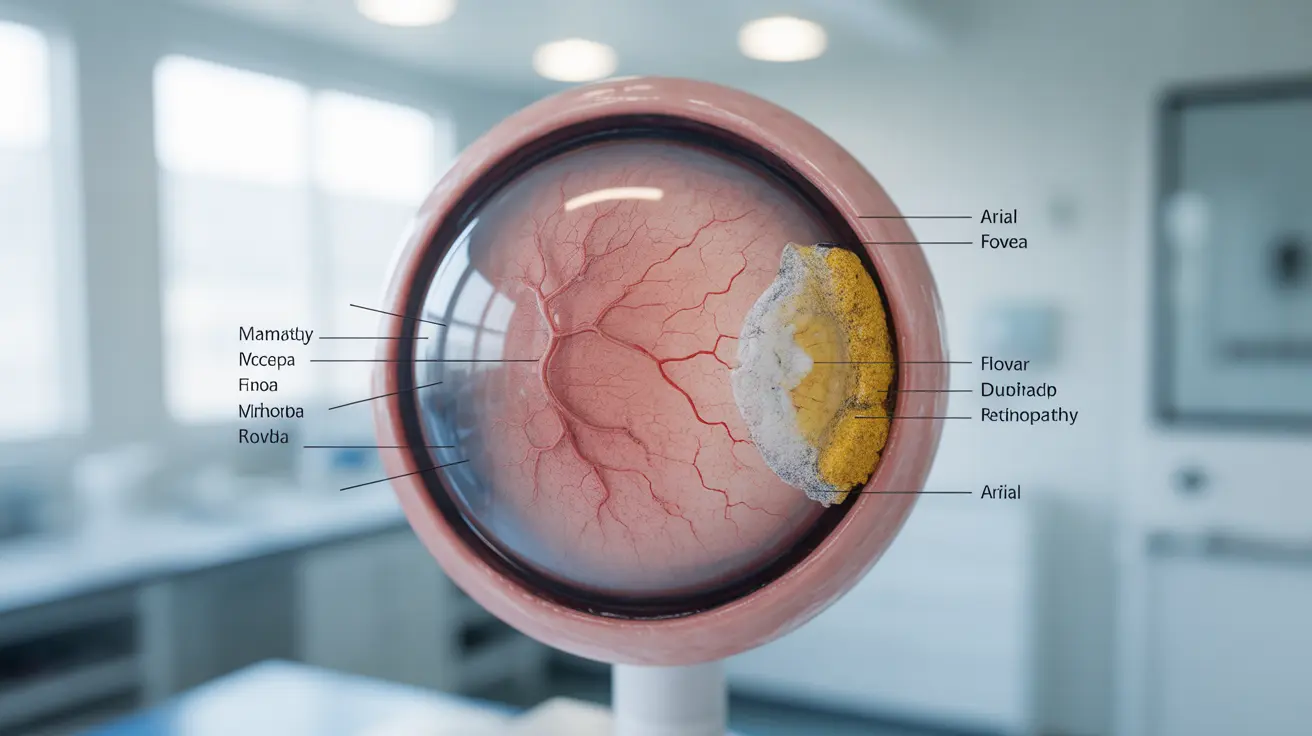Sun gazing, the practice of looking directly at the sun, has gained attention in some wellness circles despite serious medical concerns. While some proponents claim various health benefits, medical experts strongly warn against this potentially dangerous activity. Understanding the risks and finding safer alternatives is crucial for protecting your vision and overall health.
This comprehensive guide examines the dangers of sun gazing, its effects on eye health, and evidence-based alternatives for obtaining sunlight's benefits safely. We'll explore why medical professionals universally advise against this practice and what you can do instead.
The Dangers of Direct Sun Exposure to Your Eyes
Looking directly at the sun, even briefly, can cause immediate and permanent damage to your eyes. The sun's intense ultraviolet (UV) and infrared radiation can burn your retinas, leading to a condition called solar retinopathy. This damage occurs without pain, as your retinas don't have pain receptors, making it particularly dangerous since you might not realize the harm until it's too late.
Understanding Solar Retinopathy
Solar retinopathy occurs when bright light from the sun floods the retina with intense radiation, destroying light-sensitive photoreceptor cells. This damage can happen in mere seconds and often results in permanent vision problems, including:
- Reduced central vision
- Permanent blind spots
- Distorted vision
- Color vision changes
- Increased sensitivity to light
Debunking Sun Gazing Claims
While some practitioners claim sun gazing can increase energy levels, improve mental clarity, or enhance spiritual awareness, there is no scientific evidence supporting these benefits. In fact, research consistently shows that direct sun exposure to the eyes poses significant health risks with no documented advantages.
Safe Ways to Benefit from Sunlight
Instead of dangerous sun gazing practices, there are numerous safe and proven ways to benefit from sunlight:
- Morning walks during gentle sunlight hours
- Regular outdoor activity with proper eye protection
- Controlled UV exposure for vitamin D production
- Light therapy boxes for seasonal mood support
- Maintaining a healthy sleep-wake cycle through natural light exposure
Essential Eye Protection Practices
When spending time outdoors, always protect your eyes with these measures:
- Wear UV-blocking sunglasses
- Use wide-brimmed hats
- Avoid peak sun hours (10 AM to 4 PM)
- Never look directly at the sun, even during sunset or sunrise
- Use proper eye protection during solar events
Frequently Asked Questions
What are the risks of sun gazing for your eyes, and can it cause permanent vision loss?
Sun gazing can cause severe and permanent vision loss through solar retinopathy, which damages the retina's photoreceptor cells. This damage is often irreversible and can occur within seconds of direct sun exposure, potentially leading to permanent blind spots, reduced central vision, and other visual impairments.
What are the symptoms of solar retinopathy from looking at the sun, and how can you tell if you have it?
Common symptoms of solar retinopathy include blurred vision, central blind spots, increased light sensitivity, visual distortion, and changes in color perception. These symptoms typically appear within hours after sun exposure, though damage can occur before you notice any problems.
Are there any proven health benefits from sun gazing, or is it just a myth?
There are no scientifically proven benefits from sun gazing. All medical evidence indicates it is dangerous and potentially sight-threatening. Claims about its benefits are unsupported by research and should be regarded as potentially harmful myths.
What are safe alternatives to sun gazing that provide similar wellness benefits without eye damage?
Safe alternatives include morning walks, regular outdoor activity with proper eye protection, light therapy boxes for mood enhancement, and maintaining healthy circadian rhythms through natural but indirect light exposure. These methods provide sunlight's benefits without risking eye damage.
How can you safely expose yourself to sunlight for health benefits, and what are the best practices to protect your eyes?
Safe sunlight exposure involves wearing UV-blocking sunglasses and wide-brimmed hats, avoiding peak sun hours, never looking directly at the sun, and getting moderate sun exposure during safer morning or late afternoon hours. Always prioritize eye protection while enjoying outdoor activities.




